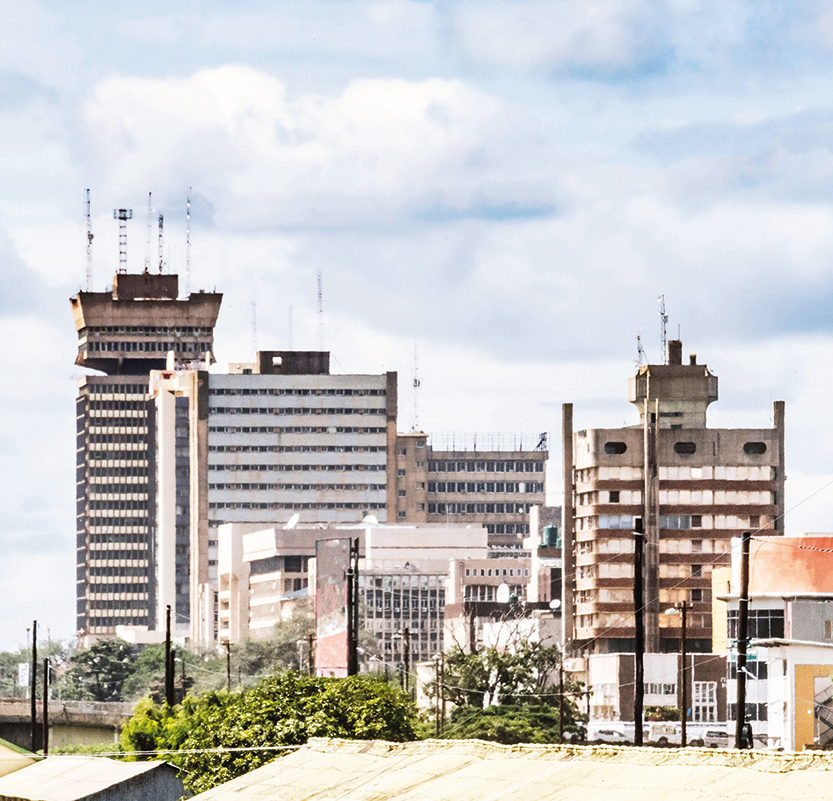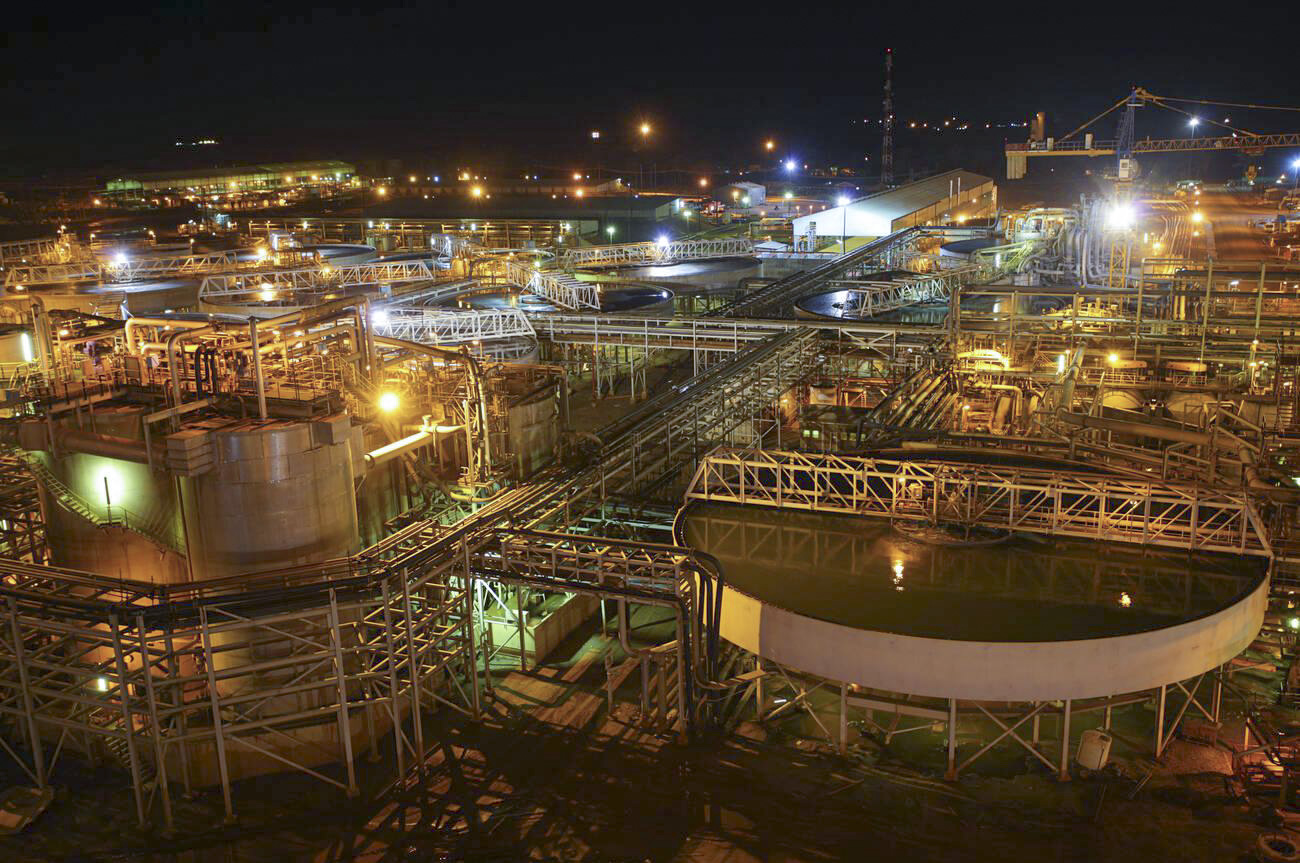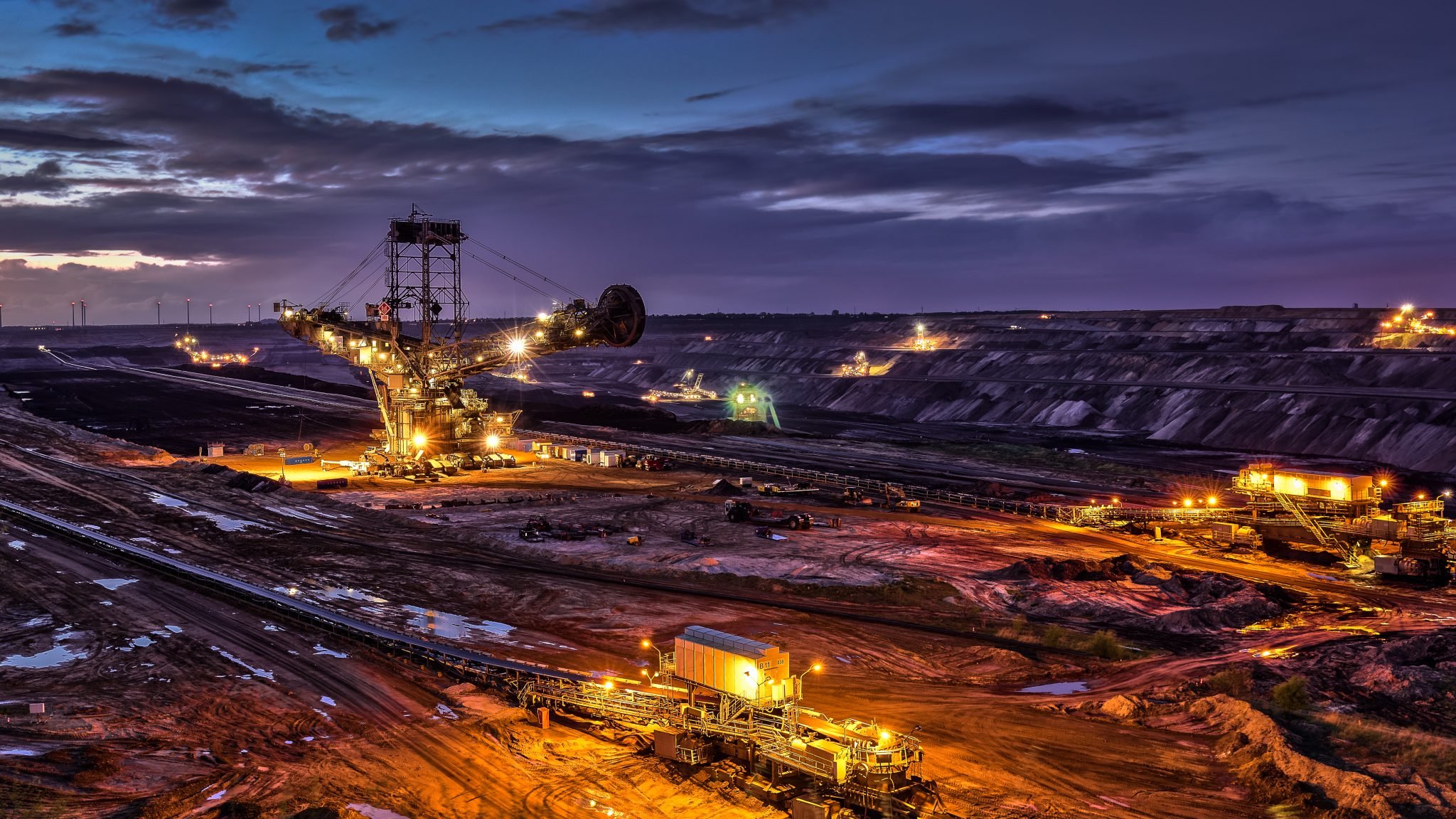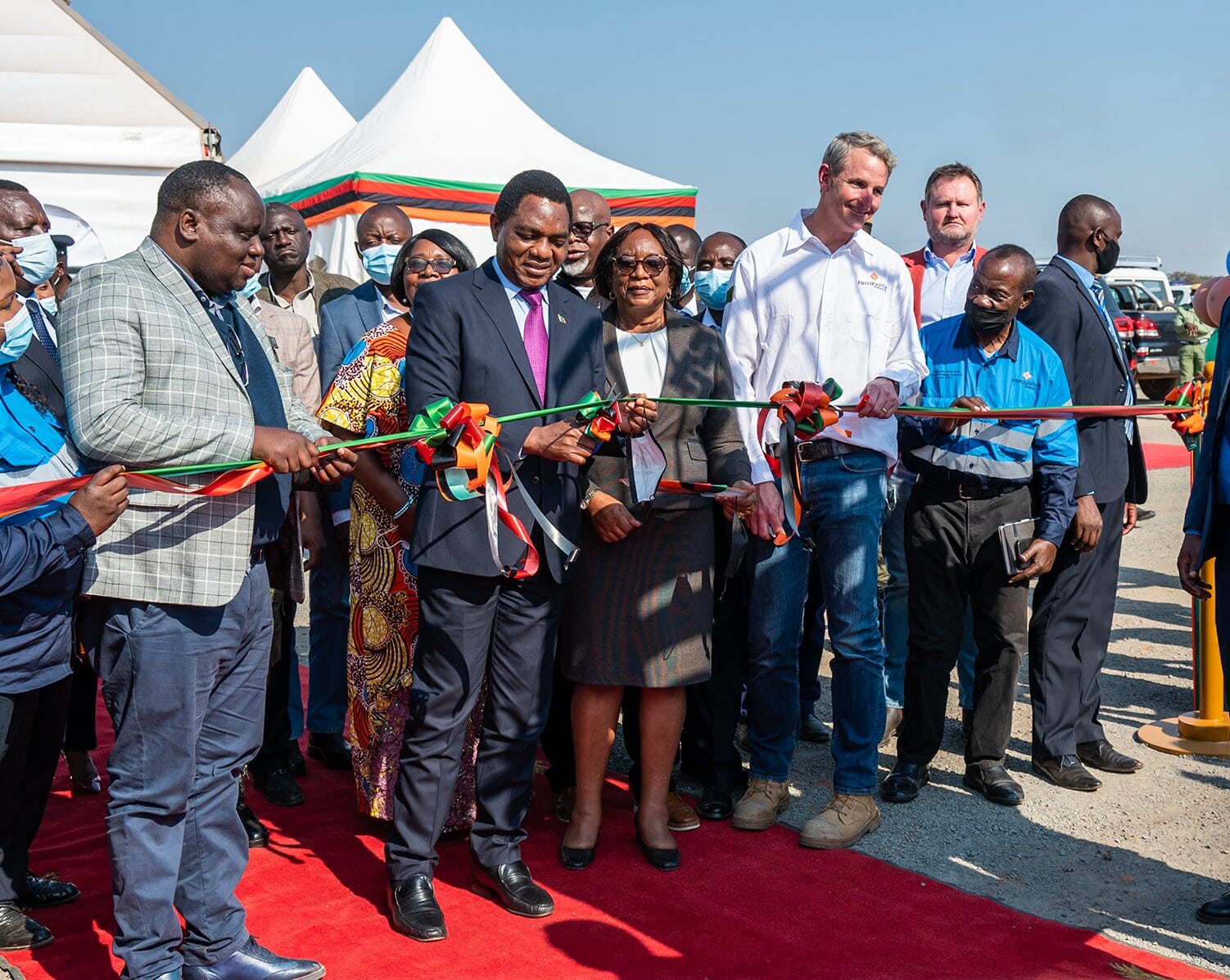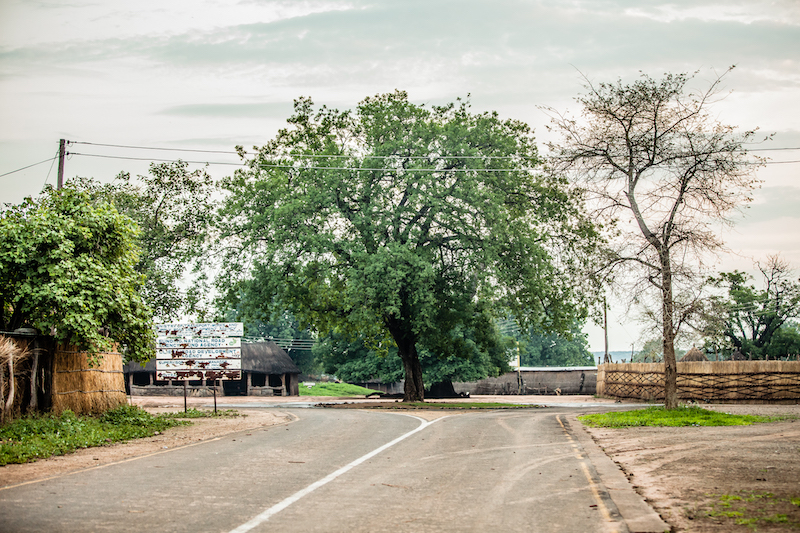After several years of decline, the Zambian economy started to rebound in 2021. Though the country is experiencing continued signs of growth, challenges still abound.
From the darkness of a sizeable debt burden, the poor performance of the kwacha, rising inflation and stagnating growth, a ray of hope is shining through the restoration of debt sustainability, exchange rate stability, lowered inflation and budget credibility. The march to recovery and resilience is still underway.
Below we look at Zambia’s most significant economic sectors, performance and expectations.
Agriculture
Crop production performed below par during the 2021/22 agricultural season. The production of crops such as maize, rice, sorghum and cassava declined partly due to the late onset of rains and flash floods.
The creation of new farm blocks is poised to support the development of large-scale agricultural estates. This will be accelerated by $300 million in financing secured from the World Bank. The envisaged out-grower schemes around farm blocks is expected to increase employment generation and incomes among rural communities.
Initiatives to integrate production and agro-processing are in place to promote value addition that has slumped in recent times, thus contributing to agricultural transformation in the years to come.
Tourism
While the tourism sector is still recovering from the adverse effects of the COVID-19 pandemic, the easing of restrictions has already led to a positive change in the number of international tourist arrivals. During the first half of 2022, Zambia recorded 496,456 arrivals compared to 239,885 in the same period in 2021.
The government has taken many steps to ensure continued growth in the tourism sector. Efforts such as the waiver of visa requirements for tourists from a multitude of countries such as the United Kingdom, the United States, Canada, the Gulf States and the European Union have the potential to increase the demand for tourism services, create jobs and enhance spillovers in the food value chains through the multiplier processes.
Other incentives, such as the three-year suspension of customs duties on imports of selected fixtures and fittings, capital equipment, machinery and safari game viewing vehicles, have been set in place to help spur further investments into the sector.

Mining
The sector remains the kingpin of the economy, accounting for 17.5 per cent of GDP and over 70 per cent of foreign exchange earnings in 2021. Notwithstanding, production has slumped to an average of 797,000 metric tonnes in the last five years. However, plans are being implemented to grow copper output to 3 million metric tonnes in the next nine years. To this end, the property transfer tax has been reduced from 10 per cent to 7.5 per cent on mining rights held by exploration companies to encourage exploration efforts.
With new mines expected to come on stream at Kitumba Copper Project in Mumbwa, Kashime in Mkushi and Mwekera Copper Mines in Ndola, more direct mining jobs and others in related and indirect sectors such as transport, and engineering, among others, is expected to expand.
Plans to diversify the mining sector from being heavily reliant on copper to other mineral resources are in motion. Projects like the nickel mine in Kalumbila is set to commence production in early 2023. Other projects, like coal production at two sites in Southern Province and manganese production in Chipili, Luapula Province, have also kicked off.
“The proposal to diversify the mining sector by promoting other minerals like precious metals, gold and manganese will increase not only the job opportunities and revenue for the country but also foreign exchange earnings that could help cushion the country in times of copper price instability,” elaborated Dr Dale Mudenda, Researcher and Head of Economics Department at the University of Zambia (UNZA).
Manufacturing
This sector is pivotal in stimulating growth and achieving value addition, contributing 9.4 per cent of GDP last year.
The Lusaka South Multi-Facility Economic Zone (MFEZ) attracted over 30 companies with a total pledged investment of US$230 million and an estimated 4,000 jobs. An MFEZ in Kalumbila is also being established to promote mining and non-mining-linked manufacturing for local and international markets. The manufacturing of electric car batteries is also being promoted on the Copperbelt.
A US$138 million fertiliser firm has commenced operations in Chilanga, producing 700,000 metric tonnes of Compound D and 300,000 metric tonnes of urea annually. Through this investment, national self-sufficiency and improved reliability of fertiliser supply are guaranteed, thus saving the country the much-needed foreign exchange. The fertiliser plant fits into the government’s long-term plan to become self-sufficient and a positive net exporter of fertiliser.
Micros, Small and Medium Enterprise Development
One strong point of the current economic dispensation is the spirited desire to uplift the SME sector, evidenced by the creation of a ministry dedicated to supporting micro, small and medium enterprises.
It is imperative that the constraints in the growth of SMEs – lack of affordable finance, market access and inadequate business development skills – are sustainably addressed.
Interventions include, among other things, empowerment of SMEs through the Constituency Development Fund (CDF), funding through the Citizens Economic Empowerment Commission (through a K365 million financing portfolio) and increasing budgetary allocation to the Zambia Credit Guarantee Scheme.
These proposed financial incentives’ success will depend on how innovative, skilled and prepared the SME owners are to manage businesses. Thus, the government should prioritise skill development in business management, R&D and technical assistance among SMEs.
Energy
Although some successes have been recorded, Zambia has had well-documented challenges in its energy sector, especially concerning its electricity supply.
In the electricity sub-sector, the country recently achieved a surplus in generation capacity of 1,156 MW, following the commissioning of the 600 MW generation capacity at the Kafue Gorge Lower. This has facilitated power exports to the Southern Africa Power Pool (SAPP) worth over US$100 million during the first half of 2022.
Daily load shedding was reintroduced in mid-December 2022, with the government citing dwindling water levels at Kariba Dam, the country’s primary source of hydropower, as the main reason for the disruption in electricity supply. This will likely deal a heavy blow to the business sector, especially SMEs and manufacturing sectors, which are still recovering from the impact of COVID-19. Most small businesses – butcheries, barbershops, salons and restaurants – cannot afford alternative diesel-powered generators or other means of power generation.
Infrastructure Development
Infrastructure projects such as roads, border posts and aerodromes in various parts of Zambia are currently being constructed and upgraded. Discussions with neighbouring countries are also in progress to improve the regional rail network to facilitate trade. Railway projects include the North-Western to Angola link, Nseluka to Mpulungu on Lake Tanganyika, and Kafue to Lion’s Den in Zimbabwe. The recapitalisation of TAZARA is also underway.
Successes
The Zambian economy has demonstrated resilience during the last year, partly influenced by shifting policy stances brought on by the new government. It remains to be seen whether the foundation laid by the new administration is solid enough to propel the country to a more solid developmental trajectory.
Notable economic milestones in 2022 include stabilising the exchange rate, achieving single-digit inflation and a positive trade balance. The country also secured a three-year arrangement with the IMF under the ECF amounting to US$1.3 billion. The facility is tailored to help restore macroeconomic stability and foster higher, more resilient, and more inclusive growth. This is expected to enhance the country’s negotiation position and help strengthen its balance of payments (BoP) position.
“Positive market sentiments improved throughout the first half of the year, especially with the announcement of financial assurances from the creditors under the G20 framework in July and the approval of the IMF programme in August 2022,” said Gibson Masumba, the Economics Association of Zambia (EAZ) interim national secretary.
“We also saw the government implementing tight monetary policies to keep inflation in check. Inflation which had hit over 23 percent in June 2021, was contained to a single digit by June 2022. This was a major feat,” he added.
The review of the economy’s performance in 2022 shows that the Zambian economy is relatively stable. Although positive, the economic outlook for 2023 and the medium-term will remain uncertain, given the challenges of slow global economic growth and supply chain disruptions, among other challenges.
